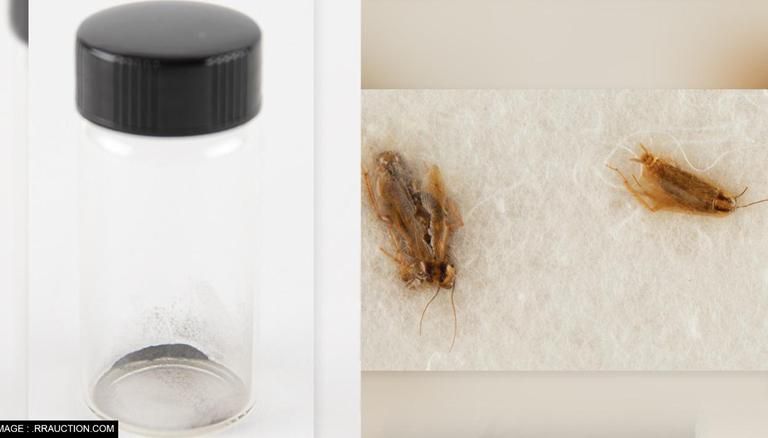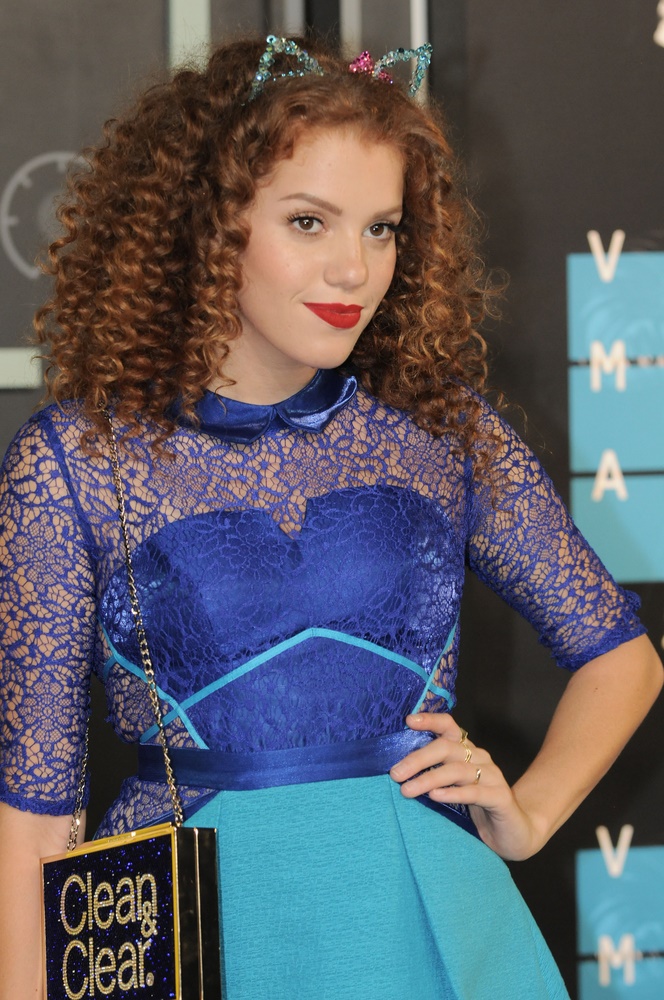It’s too bizarre to believe: NASA fed cockroaches some of its priceless Apollo 11 lunar samples. And then threw it into fishbowls. It was then injected into mice. No, seriously.
Mae Carol Jemison is an engineer, physician, and NASA astronaut from the United States. When she went into orbit aboard the Space Shuttle Endeavour on September 12, 1992, she became the first African-American woman in space. NASA is to thank for this.
The majority of the moon rocks carried back by the Apollo 11 crew are still in NASA’s possession, but a small portion of their haul was utilized in a little-known but crucial set of experiments that confirmed lunar materials were safe to preserve here on Earth.
After the Apollo 11 mission, the agency injected animals and insects with lunar material and planted plants in lunar soil to test for contamination.
Following the 1969 moon landing, NASA devised a novel method of testing lunar minerals.
NASA conducted an experiment feeding moon dust to German cockroaches and injecting mice with lunar samples to examine moon materials after the iconic space milestone, according to a Biomedical Results study.
NASA scientists had a lot more leeway 50 years ago to conduct bizarre experiments, such as feeding moon dust to German cockroaches.
Scientists were very certain that there were no potentially harmful bacteria on the moon, but they couldn’t be certain. While retrieving moon rocks was a fantastic gift to science, it might have been a huge problem for Earth if those objects turned out to be a threat to terrestrial life. As part of NASA’s mission preparations, the agency had to put together a test program.
NASA confined astronauts Neil Armstrong and Buzz Aldrin for weeks after their return from the Apollo 11 mission, conducting tests on their lunar samples to verify contamination was not probable, according to the article.
During the quarantine, the two astronauts shared a room with mice that had been injected with lunar material to ensure that the “lunar materials were nonhazardous.”
In a 1999 oral history, Charles Berry, who was in charge of medical operations during Apollo, said, “We had to prove that we weren’t going to contaminate not only human beings, but fish and birds and animals and plants and you name it.” “We had to show that we wouldn’t have an impact on any part of the Earth’s ecology. As a result, we had to create an incredible program that was carried out for three flights. There was a lot of turmoil.”
It didn’t end there, though.
Neil Armstrong and Buzz Aldrin, astronauts on the Apollo 11 mission, were able to collect lunar samples from the moon’s surface and return them to Earth. According to NASA, in order to confirm that storing lunar samples on Earth was safe, scientists had to conduct a series of experiments to ensure that contamination was not a possibility.
When Armstrong and Aldrin returned from the moon, they were quarantined for weeks and had a few extra roommates: mice injected with lunar material.
Apollo 11 at 50: A Comprehensive Guide to the Infamous Moon Landing
After returning to Earth, the astronauts were placed in quarantine, where they stayed secluded from all but 20 humans for three weeks, beginning when Neil Armstrong and Buzz Aldrin left the moon. During the astronauts’ quarantine, a group of mice gained notoriety after being injected with lunar material and being followed just as closely as the crew, who also joined in the vigil.
“They always wanted to know how the rodents were doing,” Judith Hayes, chief of NASA’s Biomedical Research and Environmental Sciences Division, told Space.com. “They always wanted to know how the mice were doing.” “If the rats performed well, they would most likely be released on time; if they did not, they would most likely be investigated much more thoroughly and for a longer period of time.”
“They were always curious about the rats,” Judith Hayes, NASA’s Biomedical Research and Environmental Sciences division chief, told Space.com. “If the rats performed well, they would most likely be released on time; if they did not, they would most likely be investigated much more thoroughly and for a longer period of time.”
Other species were represented by a variety of creatures chosen by NASA. Birds were represented by Japanese quail; shellfish were represented by brown shrimp, pink shrimp, and oysters; insects were represented by houseflies and moths; and fish were represented by guppies and minnows.
However, ensuring that people and mice would survive a chance lunar contact was not enough, and keeping all other terrestrial species safe was a little more involved than looking for coughs and rashes. Trying to build protocols is described in one NASA paper as navigating a “sea of ignorance,” with the writers emphasizing that they couldn’t anticipate how much moon rock the tests they specified would consume.
A Japanese fowl exposed to lunar samples collected by the Apollo 11 mission is studied by a lab worker.
However, the investigation of lunar materials did not end with mice. NASA also pumped moon dust into water for aquatic animals such as brown and pink shrimp, oysters, guppies, and minnows, according to the study. Japanese quails, as well as insects like houseflies and moths, were among the animals that were tested.
According to CNN, the oysters were the only species to perish throughout the experiment, which researchers believe was due more to the fact that the testing took place during mating season than to the lunar testing itself.
NASA began by selecting the species that will be used. Other representative species chosen by the agency and its partners include Japanese quail for birds, a couple of unidentified fish, brown shrimp and oysters for shellfish, German cockroaches and houseflies for creepy-crawlies, and more. (Unfortunately, while we were able to find photographs of the mice, birds, and plants, we were unable to locate images of the moon rock-eating roaches.)
The agency then used its valuable stash of newly delivered moon material, which weighed 49 lbs. (22 kilos). Everything was reduced to dust, half of which was baked to sterilize it and the other half was left alone. The lunar sample was injected into mice and quail, insects had the sample blended into their food, and aquatic species had the moon dust added to the water they lived in.
NASA kept an eye on the zoo for a month to see if anything was affected by the lunar radiation. Despite the unusual diet, German cockroaches fed moon dust flourished, proving the insects’ reputation. And all of the animals did well, with one notable exception: many of the oysters died, regardless of whether they were in lunar water or not, which the scientists attributed to the fact that they were examined during their mating season.
The authors of a paper recounting the tests on “lower animals” published in the journal Science a year after Apollo 11 concluded, “The results of these tests provided no information that would indicate that the lunar samples returned by the Apollo 11 mission contained replicating agents hazardous to life on Earth.”
In addition to studying animals and insects, NASA collaborated with the US Department of Agriculture to investigate the effects of lunar material on plant life, successfully growing seeds for plants such as cabbage, tobacco, tomatoes, ferns, and onions in lunar soil.
NASA said that the fern plant “appeared to be the most sensitive plant for proving that lunar material may act as a source of nutrients for plants,” and that “lunar material might be employed as a support medium for the growth of numerous plants” was discovered.
In addition to animal research, NASA collaborated with the United States Department of Agriculture (USDA) to examine plants for any potential adverse reactions to lunar material. (As stated in an August 1969 USDA employee newsletter, “What would a sprinkling of moon dust do for your tomato plants? Almost certainly nothing “( These tests included growing seeds in lunar soil and evaluating tobacco, cabbage, onion, and fern, in addition to tomatoes. Some of these plants grew faster in the regolith than they did in the sand used as a control.
According to a NASA document, similar studies were carried out after Apollo 12 and 14 and evaluated a total of 15 different animal species. NASA cultivated samples on petri dishes while the animal and plant tests were proceeding to look for any bacteria that thrived.
Sorghum and tobacco plants were among the plants exposed to lunar materials.
“They found no microbial development on the lunar materials, and no microbes that they could link to an extraterrestrial or lunar source, at least at first. And there were no indicators of an infectious disease among the staff, and all of the rats survived the examinations, so everyone did fine “Hayes explained.
Finally, NASA was certain that the regolith on the moon was safe. After Apollo 14, in 1971, the agency ceased animal testing and terminated the severe quarantine measures for astronauts returning from the moon. It also stopped quarantining lab employees who had come into contact with moon rocks while working on lunar samples.
Of course, NASA had strong reason to abandon animal testing. According to a NASA assessment, “planetary scientists were dissatisfied with the amount of material they saw as being spent on these trials, as well as the extent to which quarantine hindered the emphasis on planetary research.””
Cockroaches, on the other hand, ate the moon for a few years.
“They found no microbial development on the lunar materials, and they didn’t have any microbes that they initially linked to any alien or lunar source,” Hayes said. “And there were no indicators of an infectious sickness among the staff, and all of the rats survived the exams, so everything went well.”
NASA didn’t feel it was safe to discontinue tests on animals and finish the quarantine process for astronauts and lab staff working with lunar samples until after the Apollo 14 mission in 1971.







